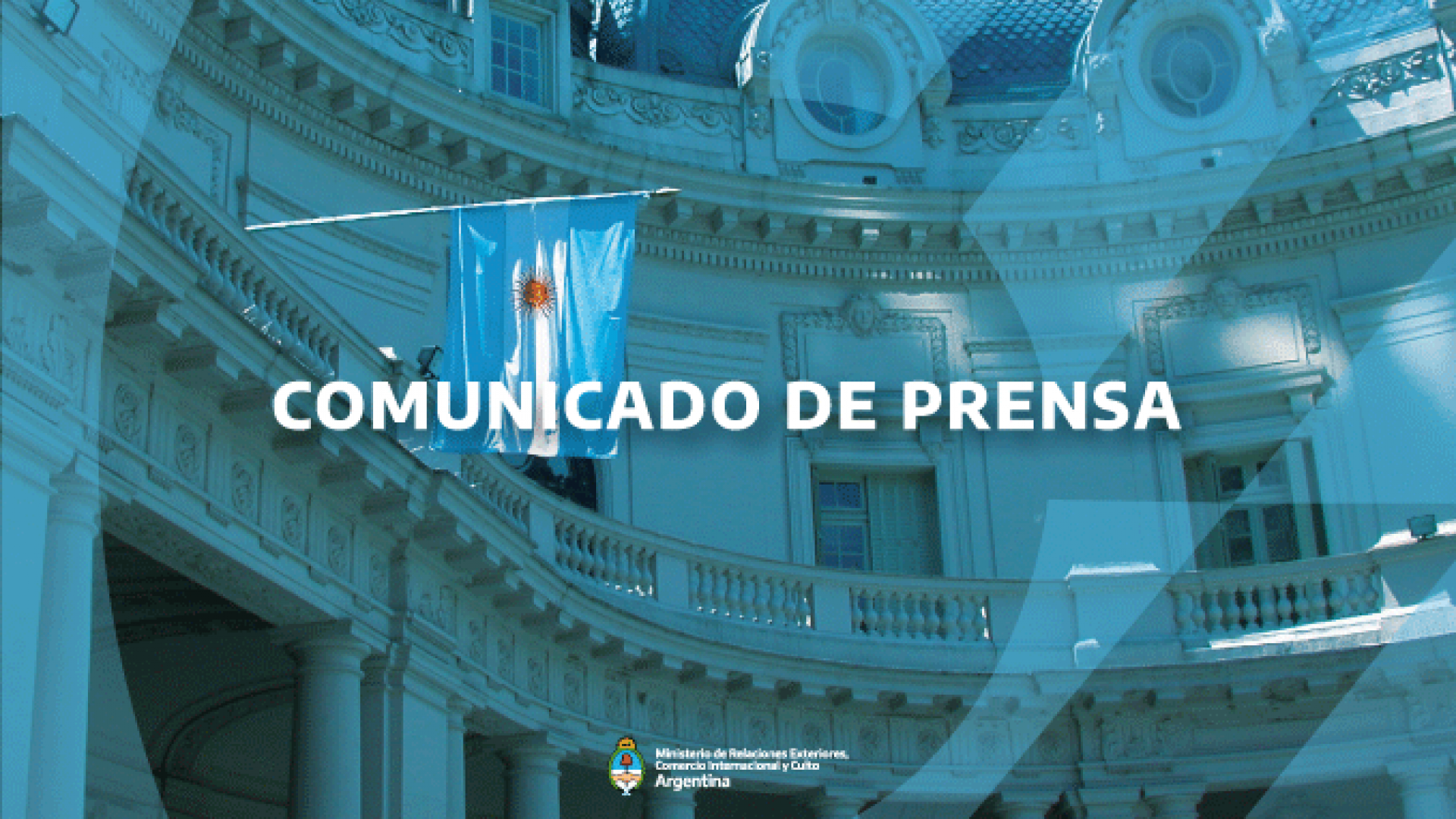Tomorrow in Geneva, agreements will be signed for the second phase of the humanitarian initiative to provide answers to the families of the soldiers who fought to restore exercise of Argentine sovereignty over the Malvinas and who lost their lives on the islands.
In the same humanitarian spirit of the first phase, which began in 2012, these agreements are intended to identify the remains of soldiers who rest in mass grave C.1.10 in the Malvinas Islands Darwin Cemetery.
The ceremony will be held in Geneva, where the ICRC headquarters are located, and the agreements will be signed on behalf of Argentina by the Ambassador to the International Organisations in Geneva, Federico Villegas, and by his British counterpart and the President of the ICRC, Peter Maurer. The identification work is expected to begin in August.
This is a mandate entrusted by Argentina and the United Kingdom to the International Committee of the Red Cross requesting their neutral intermediation to carry out identification tasks in the abovementioned mass grave. An agreement establishing a new Humanitarian Project Plan with the legal framework and all the technical details of the forensic work required will also be signed between the Argentine Republic and the United Kingdom of Great Britain and Northern Ireland and the International Committee of the Red Cross
This grave had been excluded from the scope of the Humanitarian Project Plan carried out in 2017 because it was not an anonymous grave. The plaque put up in 2004 bore the name of Julio Ricardo Sánchez, Second Lieutenant of the Argentine Gendarmerie, and of Air Force soldiers Héctor Aguirre, Luis Sevilla and Mario Luna. After collecting DNA samples of relatives of the three soldiers, in 2018 it was found that their remains were actually buried in three individual graves under a plaque that read "Argentine Soldier Known Only unto God". This finding evidenced the need to ascertain the identity of the remains buried in grave C1.10.
This event is the continuation of a State policy that builds on the work undertaken by the Federal Government in 2012, when it requested the collaboration of the International Committee of the Red Cross in order to identify 122 graves of Argentine soldiers buried in Darwin Cemetery and formed a roundtable made up of the Foreign Ministry, the Ministry of Justice, the Argentine Forensic Anthropology Team, the General Government Notary’s Office and the Ministry of Social Development. The first humanitarian initiative concluded succesfully. 115 soldiers were identified, thereby giving an answer to many families who longed to know the exact resting place of their loved ones.


